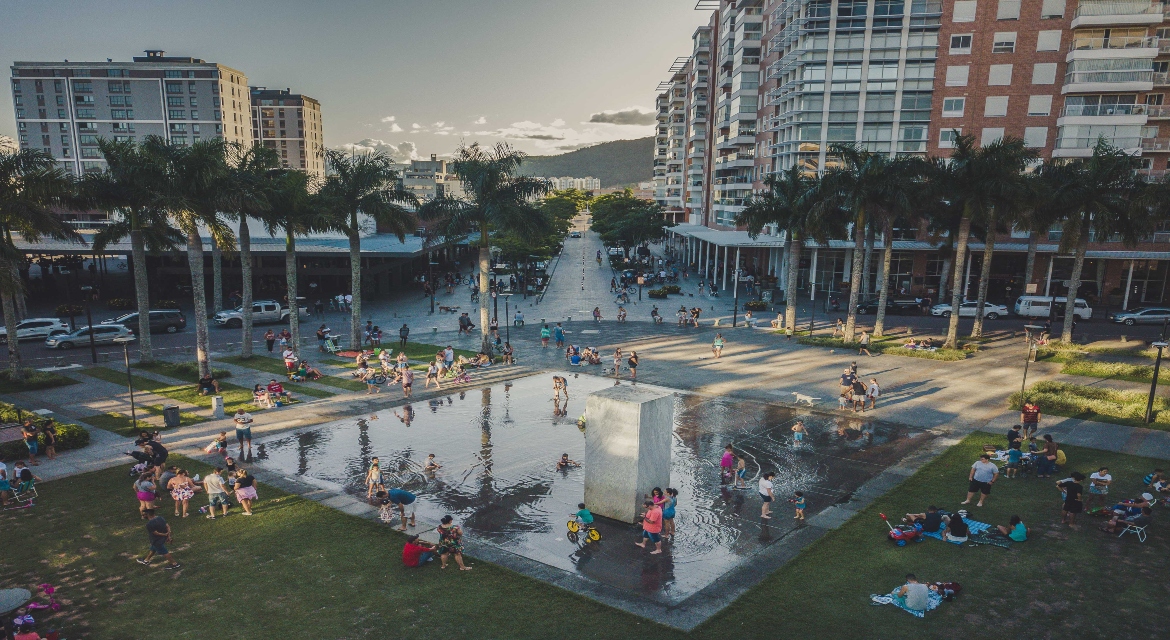Have you ever imagined living in a city where it is possible to access essential services within walking distance or by bicycle? This is already a reality, designing cities for people is a strong trend that is already being implemented in many countries, including Brazil.
Pedra Branca Creative City is an example of a project developed to encourage social interaction between people, outdoor life, innovation and sustainability. Because it adopts some of the main characteristics of a city focused on people, the neighborhood-city that is a reference in sustainable urban planning, was designed and developed with the smallest details in mind to ensure that people come first.
The need to adapt cities to meet people’s needs is becoming increasingly urgent in the post-pandemic context. This is because many of the current problems in cities are directly related to mobility, housing, sanitation, safety and health. As a result, urban planners, architects and managers redesigned urban areas around the world in order to minimize these problems and make cities more accessible, connected, safe and sustainable.
Differentials of cities designed for people
We listed some of the differentials of cities designed for people. Read on to check out:
Redefining urban centrality
The processes of decentralization and recentralization result in the redefinition of centrality in cities, under the precepts of the so-called new urbanism that adopts innovative concepts and practices in the planning and construction of sustainable communities.
In this way, health services, education, leisure, shops and industries become part of the neighborhoods. Which allows living, working, studying and having fun within walking distance, transforming the quality of life of residents, as well as economic development by guaranteeing jobs and income for the population. Check out the main benefits of living in a planned neighborhood.
Active facade and functional use of spaces
Developments with an active facade stimulate a sense of community and contribute to safe streets and vibrant public spaces.
This is because they are built to allow the functional and intelligent use of spaces, generating greater added value and stimulating interaction between people.
Intermodality to encourage active mobility
Cities that prioritize pedestrians provide complete and accessible infrastructure in order to facilitate mobility, allowing travel at comfortable distances to be covered on foot or by active modes such as bicycles. Intermodality is another important differential that makes cities more efficient, accessible and democratic. See how urban projects can transform people’s relationship with cities.
Mixed-use developments
Buildings with multiple functions that bring together houses, offices and commerce in the same space are another strong trend when designing cities for people, as they contribute to minimize the problems of urban mobility. Not only for the architecture, but also for the multifunctionality.
After all, it is possible to greatly reduce travel time and facilitate people’s routine by providing basic services close to the inhabitants. Discover Pátio Civitas, a new development of Pedra Branca Creative City that adopts the concept of mixed use.
Discover the place that prioritizes people in Greater Florianópolis. Come live in Pedra Branca Creative City.



